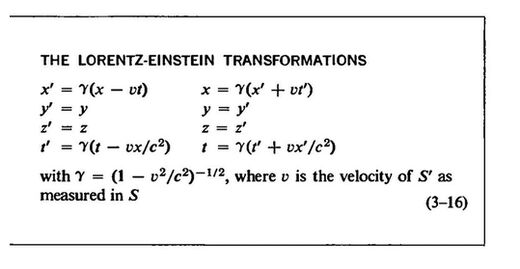
The stunning detail has captivated even seasoned researchers who have studied these galaxies for decades, marking a significant advancement in astronomical observation capabilities.
JWST Unveils Unprecedented Views of the Universe
JWST was launched on Christmas Day in 2021 and continues to stand out for its unparalleled ability to capture highly detailed images of distant objects in the universe.
Equipped with near- and mid-infrared cameras, the telescope can perceive light in the infrared spectrum, invisible to the human eye. This capability enables scientists to visualize dust clouds and objects concealed within them, including those too faint for traditional telescopes.












Comment: See also: